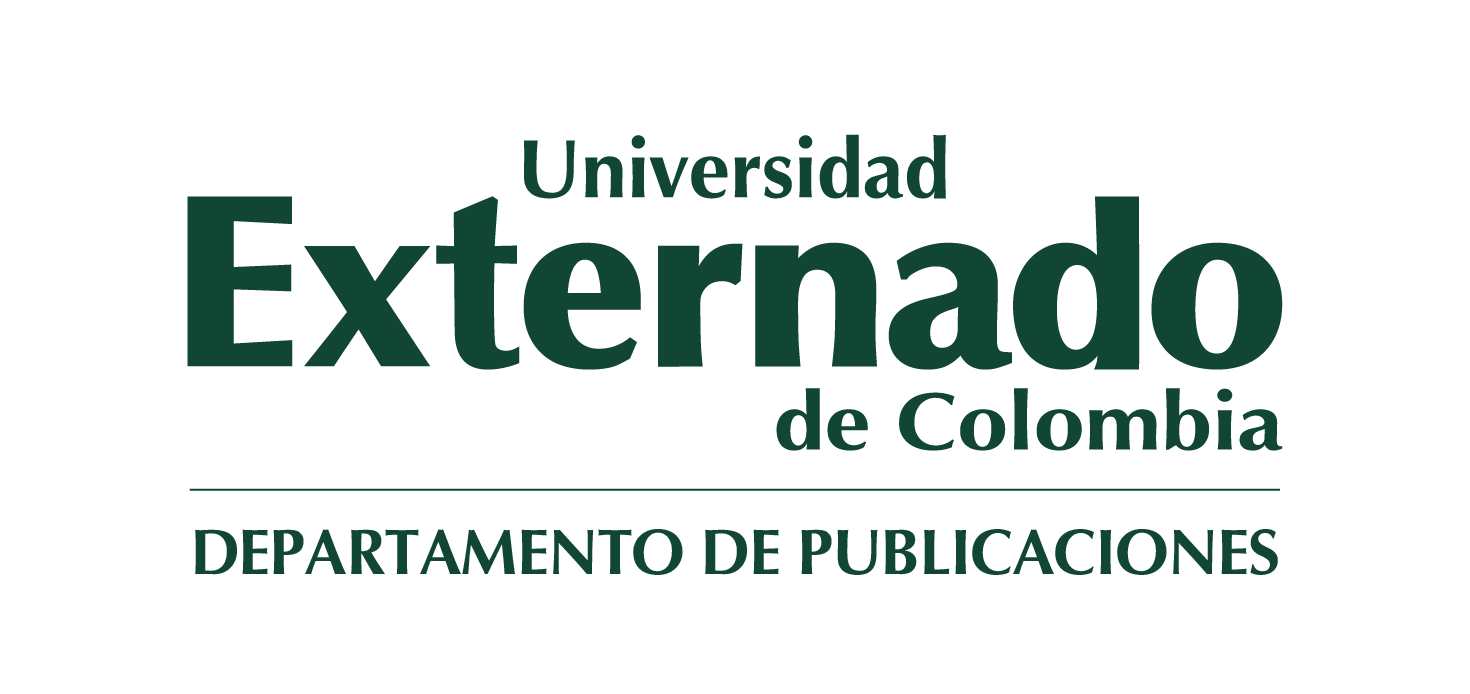The Jungle Marginal Highway is one of Colombia's most important highways; however, it is unknown to most Colombians. For 1.47 kilometers, this road skirts the foothills of the eastern Andes at the beginning of the Amazon and Orinoco plains. More than two million inhabitants currently live there, in cities such as Villavicencio, Florencia, San Vicente del Caguán, Mocoa, and Yopal, which play an epicentric role over vast territories.
This book provides a geohistorical account of the segments that comprised the population belt that today extends from the border with Venezuela to the border with Ecuador, which were originally part of the former United States of Colombia in the 19th century. These segments have gradually evolved into autonomous departments that today share the umbilical cord of the main highway. Furthermore, eleven trans-Andean highways currently operate from within the country, connecting to the Marginal Highway, and numerous secondary roads and navigable rivers intertwine from it, forming a dense network. In other words, there is a regional integration that simultaneously connects with the rest of the country and the world. The former segments have become a continuous belt, creating a distinct region that we can call the Orinoco-Amazon region.
Along the Marginal Highway, an integrated region has emerged that is currently the most dynamic in Colombia and plays a growing socioeconomic role in the interior of the country, especially in Bogotá, the Cundiboyacense plateau, Huila, and Nariño. The simplistic concepts of sustainable development that oppose the improvement of this highway must be revised. New scientific approaches must be put forward that truly contribute to the conservation of these territories without trying to return them to a past of solitude and oblivion. Hiding ecological problems by creating natural parks in highly populated areas is an ostrich policy; Ultimately, the real beneficiaries are land speculators and oil companies. Passive sustainable development is a fallacy, because it is neither development nor sustainability; the only way to conserve is to actively create new ways of using the environment without damaging it. Science and technology at the service of nature and humanity are the true path.
PREFACIO
INTRODUCCIÓN
1. LA MARGINAL DE LA SELVA, EL SUEÑO DE FERNANDO BELAÚNDE TERRY 2. LA TRANSAMAZÓNICA, EL SUEÑO DE BRASIL POTENCIA 3. LOS DILEMAS DE LA SELVA Y EL LLANO 4. LA MARGINAL DE LA SELVA EN COLOMBIA HOY 5. RECORRIENDO LA MARGINAL DE LA SELVA EN COLOMBIA
Tramo 1 - Arauca Tramo 2 - Casanare Tramo 3 - Meta y oriente de Cundinamarca Tramo 4 - Guaviare y suroriente del Meta Tramo 5 - Caquetá Tramo 6 - La baja bota caucana y las vegas del río Caquetá Tramo 7 - Putumayo
6. CARRETERAS TRANSANDINAS QUE CONECTAN CON LA MARGINAL DE LA SELVA
Carretera entre Pamplona (Norte de Santander) y Saravena (Arauca) Carretera Belén (Boyacá) - Hato Corozal (Casanare) Carretera Sogamoso (Boyacá) - Aguazul (Casanare) Variante Vado Hondo - Labranzagrande (Boyacá) - Yopal (Casanare) Carretera Sisga (Cundinamarca) - Aguaclara (Casanare) Carretera Guasca (Cundinamarca) - Medina (Cundinamarca) Carretera Bogotá (Cundinamarca) - Villavicencio (Meta) Carretera Neiva (Huila) - San Vicente del Caguán (Caquetá) Carretera Altamira (Huila) - Florencia (Caquetá) Carretera Pitalito (Huila) - Villagarzón (Putumayo) Carretera Pasto (Nariño) - Mocoa (Putumayo)
7. ¿QUÉ HACER CON LA MARGINAL DE LA SELVA HOY?
BIBLIOGRAFÍA
Impreso
eBook
-

-
Camilo Domínguez Ossa
-
Doctorado UNIVERSIDAD DE SAO PABLO Geografia (Geografia Humana) Mayode1990 - de 1994 Formación territorial de la Amazonia colombiana, construcción por la destrucción en la economía del caucho Maestría/Magister Universidade Federal Do Pará Planejamento do Desenvolvimento Mayode1980 - de 1986 LA COLONIZACIÓN COMO DESCOMPOSICIÓN DEL CAMPESINADO EN COLOMBIA Pregrado/Universitario UNIVERSIDAD NACIONAL DE COLOMBIA SEDE BOGOTA Sociología Febrerode1964 - de 1969 Puerto Asís, Putumayo. Colonización, urbanización y conflicto
-
Impreso
Catálogo Universidad Externado:



